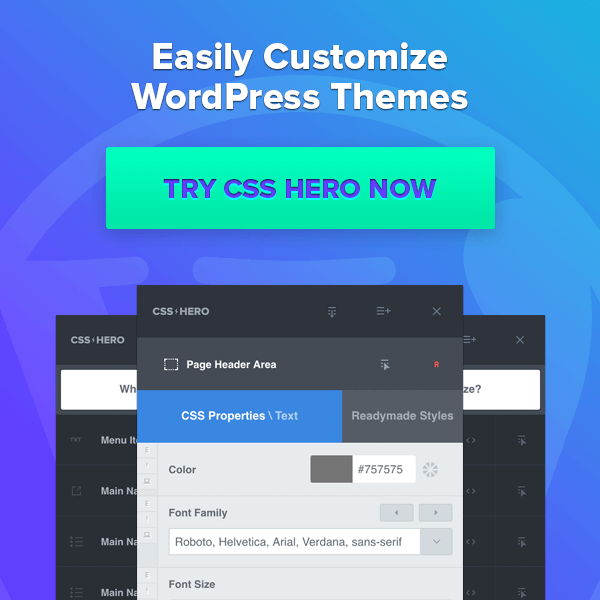
Content curation is the new buzzword that’s got every blogger and Internet marketer talking and clapping their hands in glee. We all want to be thought leaders in particular subjects, or authorities that people trust to provide them with timely information as it breaks. Content creation is only the first step that your typical blogger should take in building his brand. Content is king; however, other aspects of content creation need to come together in order for successful blogging to take place.
What in The World is Content Curation?
Content curation can be defined as collecting various pieces of content and then sifting through them in order to find meaningfulness and usefulness. After providing commentary on these pieces of content, you can then go on and share this content on your blog. This may seem easy to do, but it takes commitment, discipline and persistence in order to become a star content curator in the eyes of your readers.
Limited Attention Spans
Most people who go online today have limited attention spans thanks to busy schedules as well as the wall of ever-changing content which fights for their attention at every click of the mouse. Because of this, people are looking for easy ways to get vital information in a fast and convenient manner. As a content curator, you’ll be able to give your readers this kind of service. With time, these web visitors will come to you in a habit-forming way, expecting more curated content which in the end builds reader loyalty and trust.
Curation vs. Aggregation
Before I go on, I need to point out the difference between content curation and aggregation. Getting news from feeds and automatically sharing it on social media via scheduled tweets and status updates cannot be considered as curation. This is because automation lacks that human touch as well as personalization. In order to build a certain level of engagement with your blog readership, people need to feel and see that you understand what they really want. By providing commentary along with your curated content as well as being meticulous in vetting the news stories and content pieces reaching your target audience, you’ll encourage a conversation and even get opinions of what your readers really want. Give them what they need, and you’ll earn their trust for a long time to come.
There are various tools which can help you curate content. Here’s a short but exhaustive list:
1. Google News, Google Alerts or Google Plus search gives you access to trending content as well as breaking news.
2. News aggregators such as Alltop, Techmeme and popurls.
3. Curation tools such as Storify, Scoop.it and Flipboard.
4. industry-specific newsletters which you receive via email.
5. Press release websites such as PRWeb, Marketwire and PRNewswire.
6. Links to content shared on social media sites such as Twitter, Facebook, Reditt and StumbleUpon.
All these sources should form the preliminary stages of your content curation process. Poring over them and looking for themes that are in alignment with your blog’s theme will help you pick the best and most impactful pieces of content for curation.
Themes and Sub-Themes: Layer it On
After selecting your content, you’ll need to organize it in terms of relevance as it relates to the information you’re trying to convey. Additionally, having sub-themes where you curate content in terms of style will help bring harmony and uniformity to your efforts.
For instance, if you want to point out the commonness of a particular trait, you could decide to curate bars, charts and graphs for a single post. This will help put the message across in a more impactful way. Another sub-theme would be to curate slideshare presentations found all over the internet in order to convey a singular theme. Lastly, another way to curate of content would be to create lists or tips using certain keywords in order to drive traffic to your blog.
Content curation may look easier than content creation; however, the reality is that it may take up more of your time of effort given the various steps you have to go through. For example, content curation needs a certain amount of timeliness as well as the ability to know if a piece of content will still be fresh or relevant in a week or so.
There are three things that you need to keep in mind when curating content:
1. Your curated content needs to be insightful. This means that it should give your readers information that they may have never come across or repackaging old information in a whole new way. You should aim to motivate and teach your audience so they leave your blog better informed than when they came in. At the same time, your content needs to be injected with your voice in order to build a relationship with your readers.
2. Curated content also needs to be relevant to your blog’s theme. For example, if you have a beauty blog, it would beat logic to publish curated content touching on electronics or sports. This not only shows carelessness on your part but also destroys the trust between you and your readership. You should always aim to be an expert in your field at all times.
3. Curated content should be so good and interesting that it should inspire people to share. This will in turn help drive more traffic back to your site as well as give your blog the needed visibility in social media.
Curation as Part of Marketing
Marketing continues to supplant advertising; people are looking for information to help make their lives better in the here and now. This is especially true for bloggers who want to raise their profiles within a short amount of time. Curation is a form of marketing since it takes information from other sources and repackages it to convey a message that’s similar to the one found in the curator’s blog.
Pay Attention to the Law
Having said all of this, it’s important to pay attention to a couple of things when you’re looking to curate content. To begin with, you must apply relevant attribution and link back all your content to its originators. At the same time, copying large swathes of texts amounts to plagiarism and may land you in trouble for infringing on copyrighted material. When it comes to content curation, the mantra you need to follow is: ‘when it doubt, leave it out.’ Giving credit to the original creator will also help create a rapport with other bloggers and help in the exchange of ideas and resources you can use for future blog posts.
Conclusion
Empathizing with your reader’s interests and curating high quality content will boost your readership with time and give you a unique selling point in the blogging world faster than content creation.
Lastly, don’t forget to create original content and mix it up with your curated pieces; at the end of the day, attacking something from numerous angles will help you get the best results compared to relying on only one strategy.







